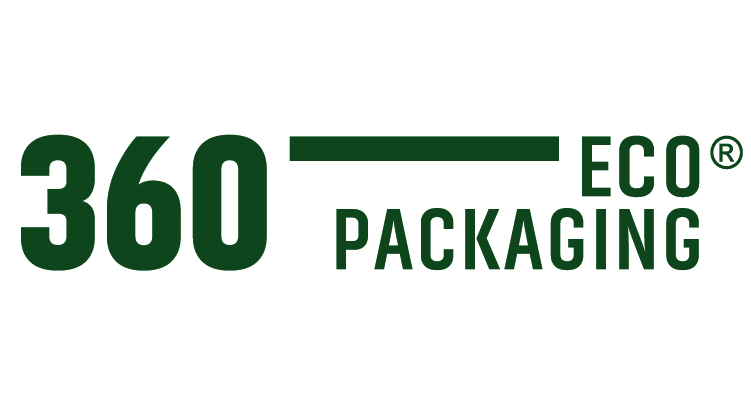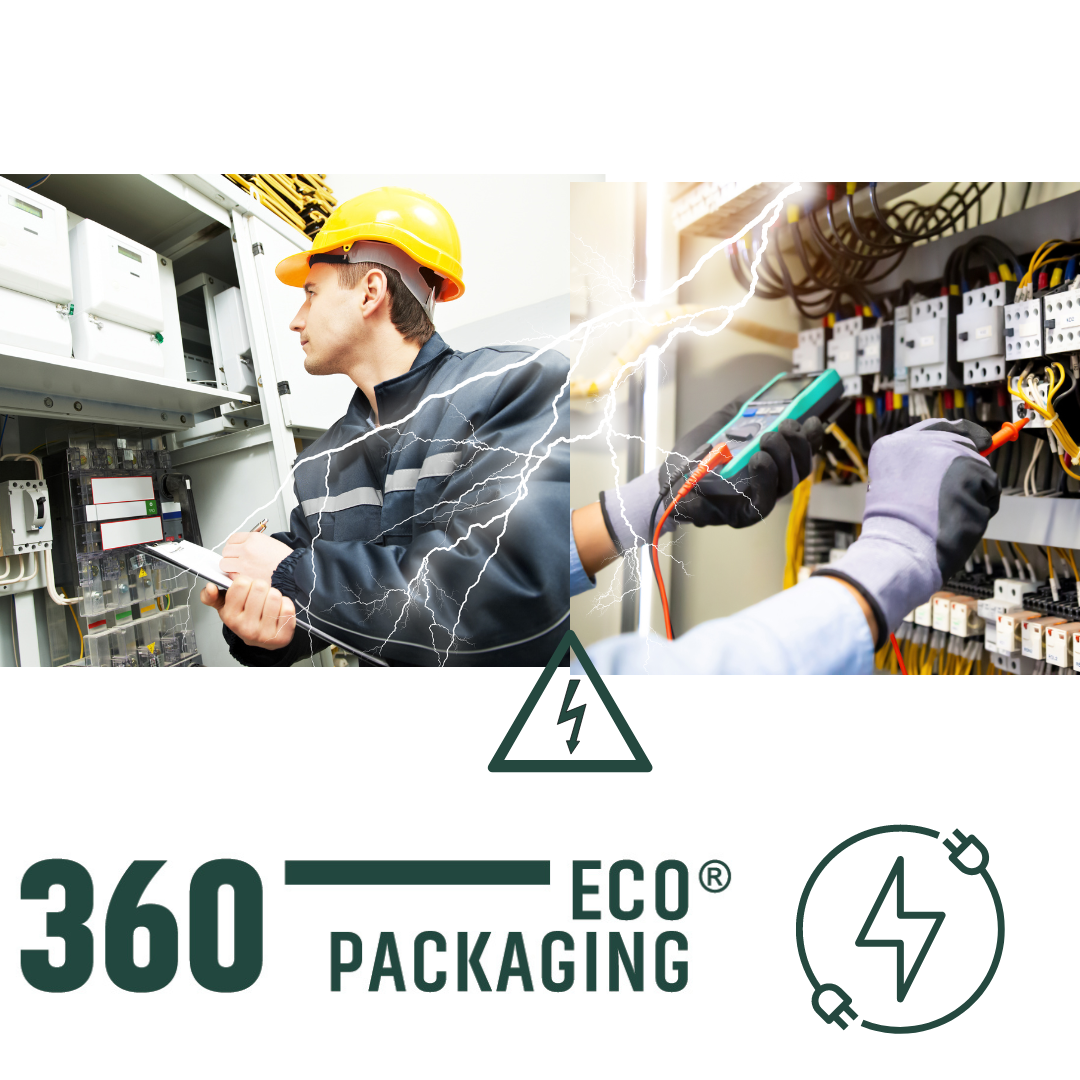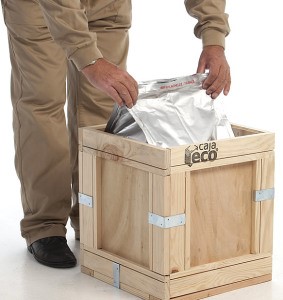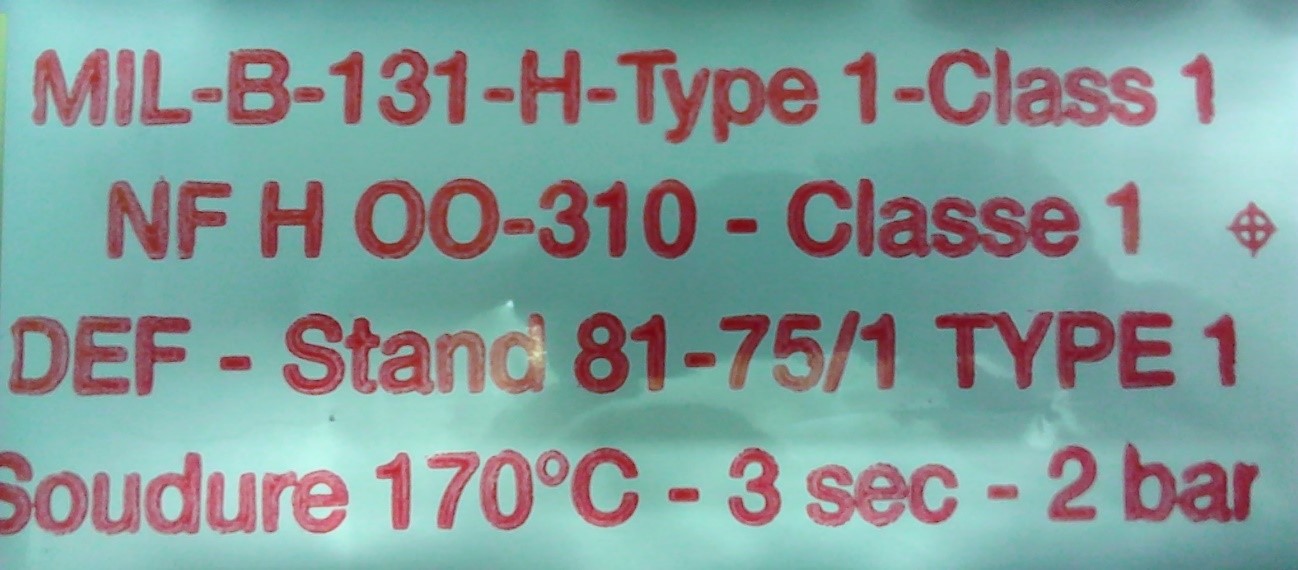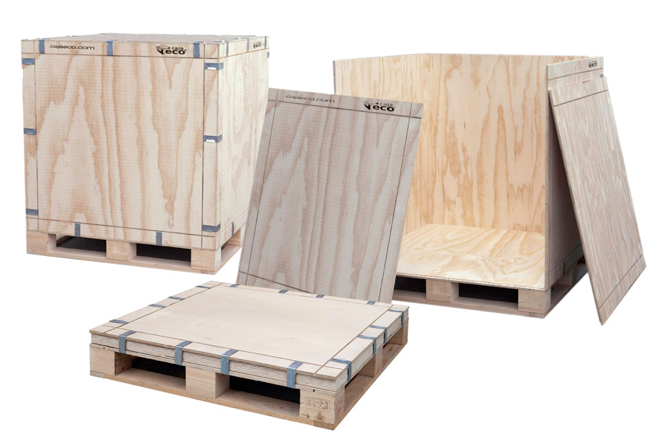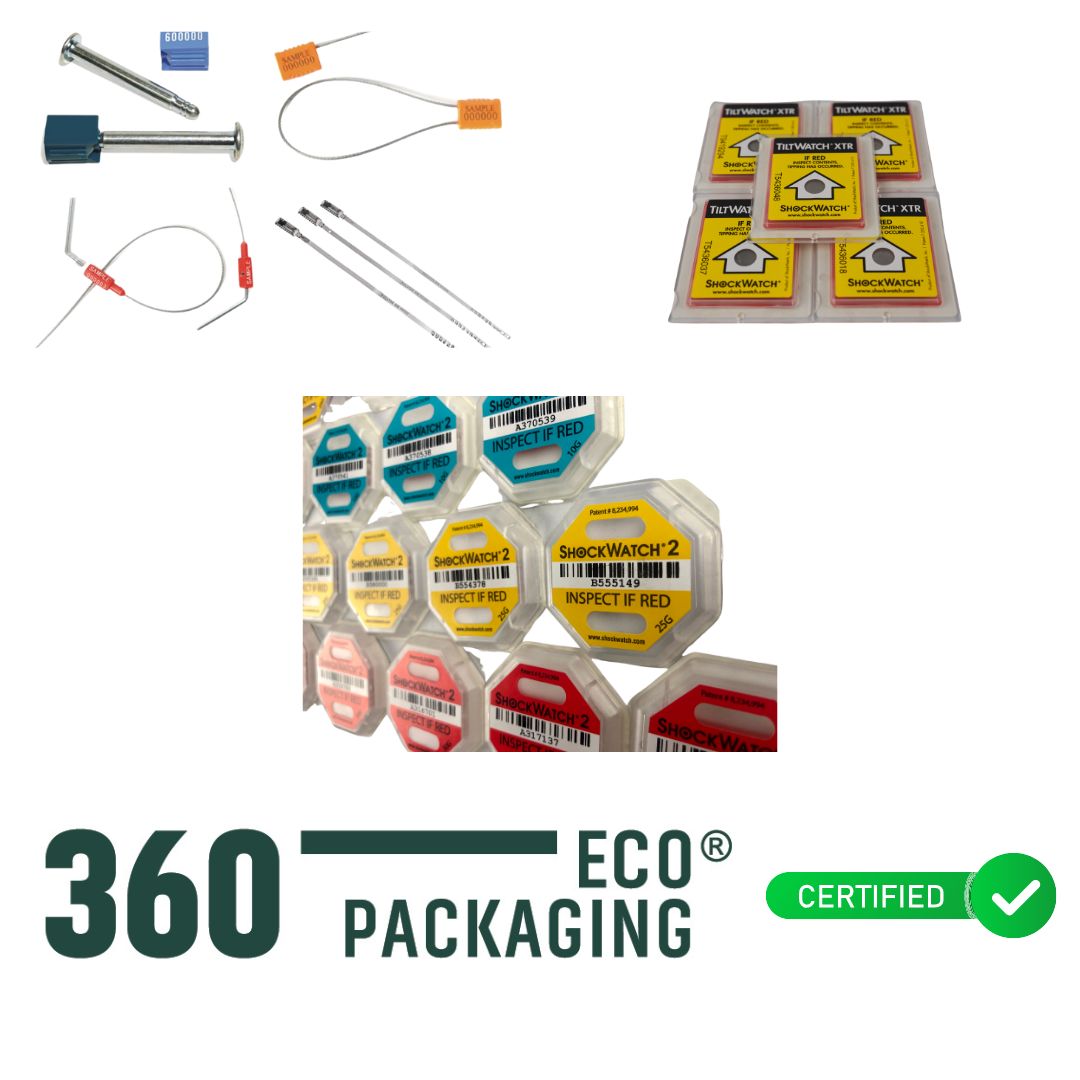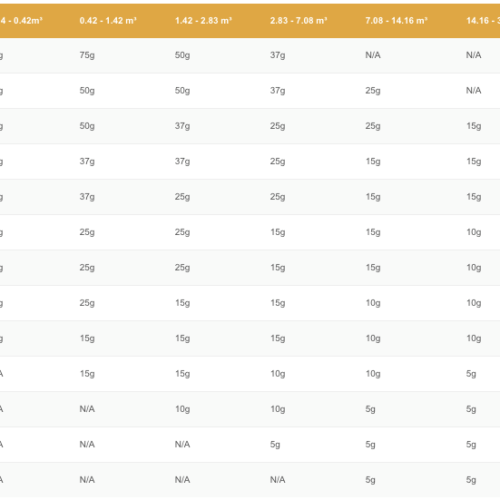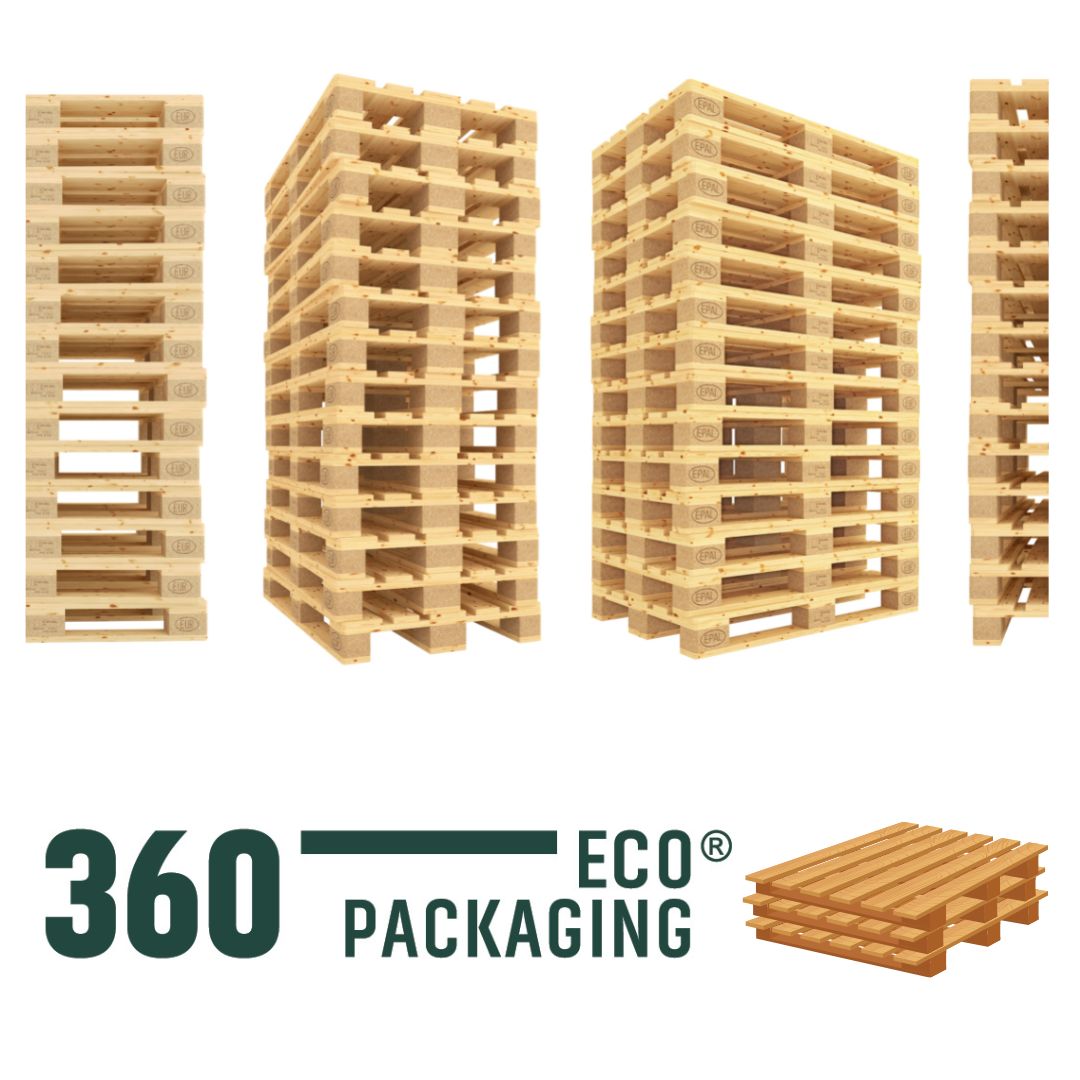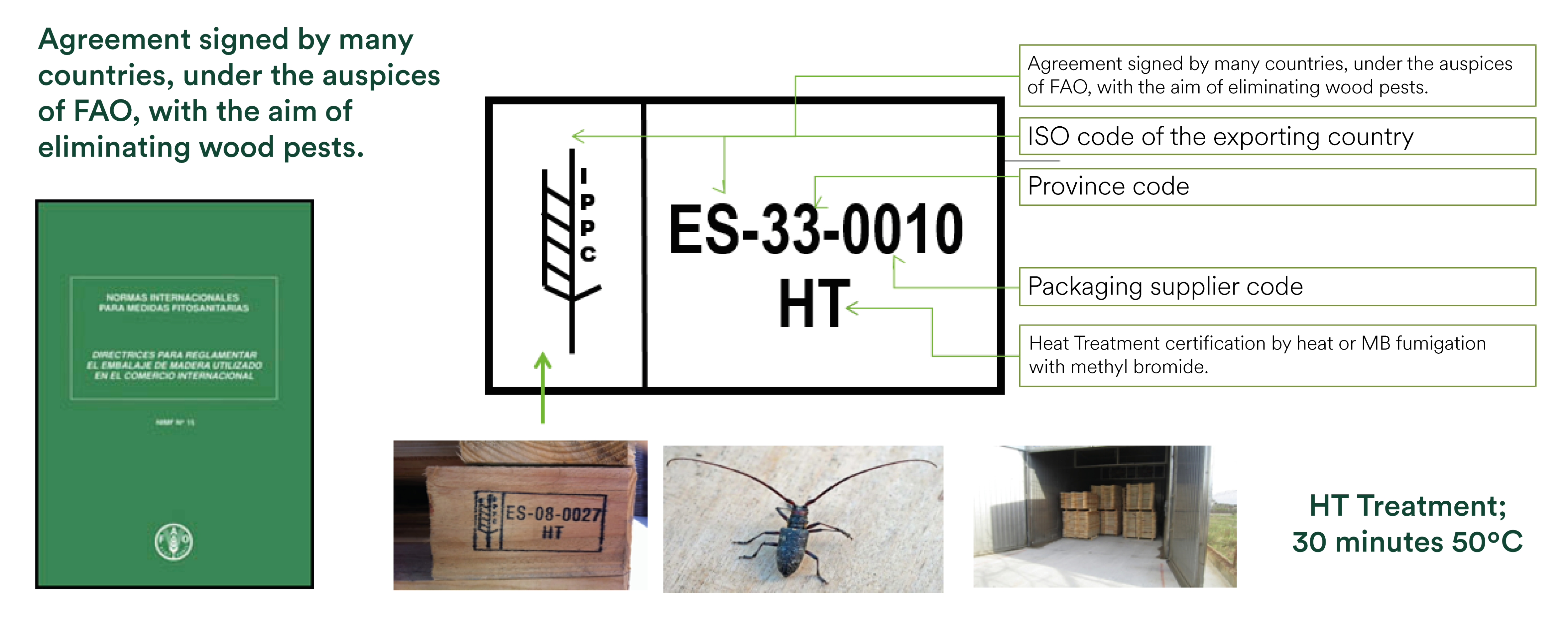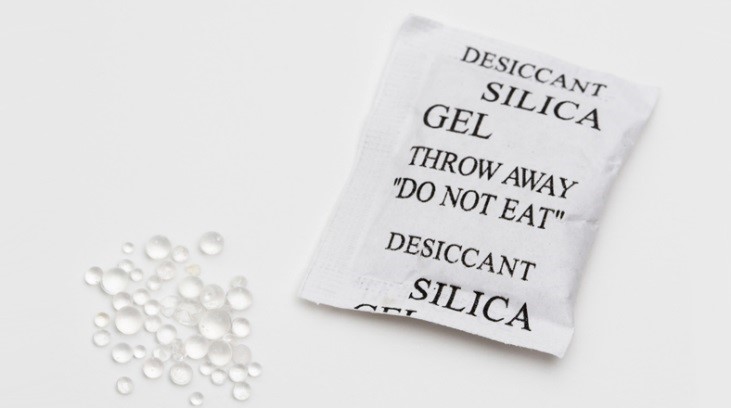Because of the huge social responsibility involved, healthcare logistics is one of the most demanding. The healthcare industry distributes medical equipment, imaging devices and high-value instruments that require packaging that protects them and keeps them intact during transport or marketing.
Fans, laboratory equipment, magnetic resonance devices, X-ray machines, medical-aesthetic equipment… All these materials are fragile, expensive and must arrive at hospitals, laboratories and medical centers in optimal conditions for their use, without the slightest damage.
How should be the packaging of health equipment
At 360 Eco Packaging we have been designing packaging for the healthcare sector for years. It is not only about protecting each piece of equipment, but also about optimizing the logistics chain. Therefore, our customers receive technical advice on the different types of packaging to determine the most efficient and cost-effective solution for their case.
In our experience, when choosing packaging in a delicate environment such as the health sector, we must pay attention to 4 factors:
1. Insulation
For a safe shipment it is necessary to isolate the cargo from the effects that can cause external agents such as water, water vapor, saline environment, dust, sudden changes in temperature, solar radiation, microorganisms, etc.
Desiccant salts and heat-sealed bags are widely used to prevent corrosion of metal and electronic products. They are particularly suitable for maritime transport or for long periods of product storage.

2. Protection
Due to its strength and lightness, wood is an ideal material for transporting heavy and delicate products such as medical equipment and devices.
In addition, wooden packaging that complies with ISPM 15 standards is suitable for international trade and can therefore be exported anywhere in the world.

Why use wooden packaging for medical equipment?
Wooden packaging such as boxes or high racks & pulp roll cradles for transporting medical equipment has many advantages:
- They are lightweight packaging, which saves transportation costs.
- They can be made to measure, adapting to the part or components to be transported.
- They are returnable and reusable.
- They do not need nails or tools. They can be assembled and disassembled quickly and safely.
- They are designed to facilitate the loading and unloading of equipment without mechanical means. In the case of the boxes, the lid itself can be used as a ramp for moving equipment with wheels. And once disassembled, it occupies a fifth of its size, saving space and storage costs.
The bases with lashing system are also a very widespread solution for packaging healthcare equipment. This system allows fast and efficient fixing of the equipment to be transported by integrating the immobilization elements into the base of the box itself, reducing handling time.

3. Immobilization
Once the goods have been packed, auxiliary elements are usually used to immobilize the load during transport in order to avoid possible incidents during the journey due to incorrect lashing.
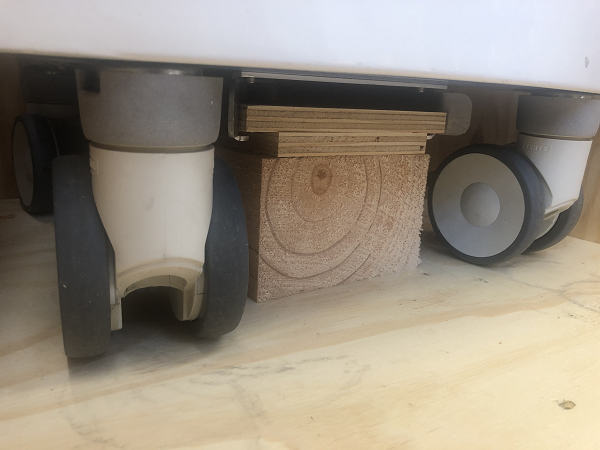
4. Control
If necessary, active or passive monitoring of the cargo during transport is possible. There are a multitude of systems for monitoring the goods, from humidity detection stickers to complex electronic tracking devices.
If you are a manufacturer and you are looking for a new packaging for your medical devices, implement sustainable packaging or optimize your logistics process, contact us. We will offer you a customized solution.
![]()
